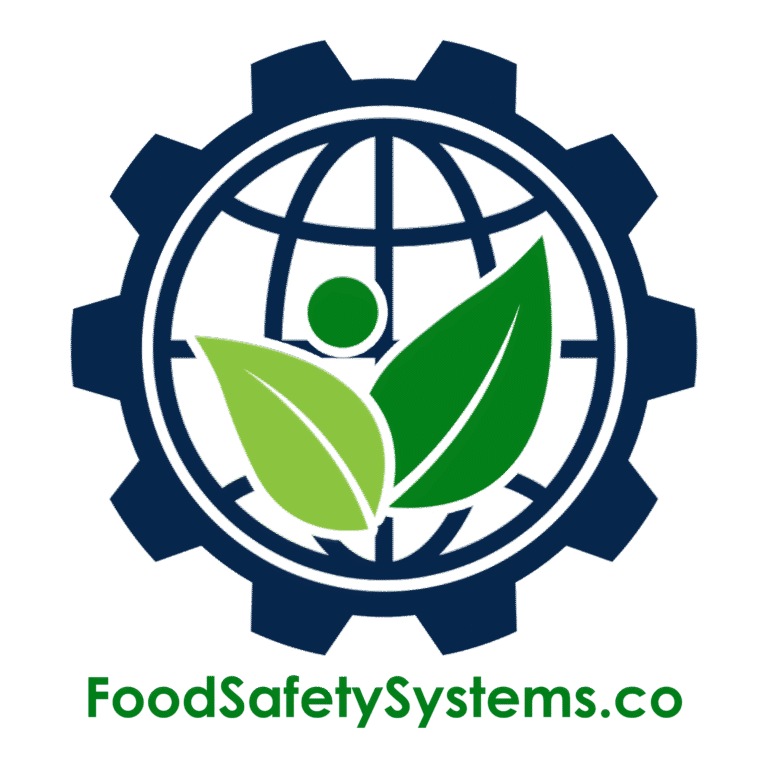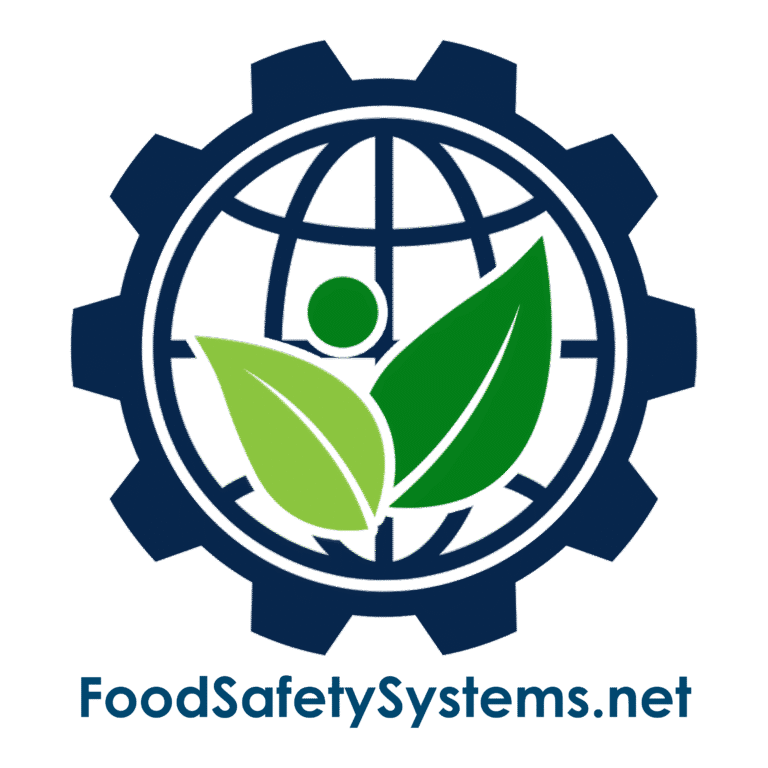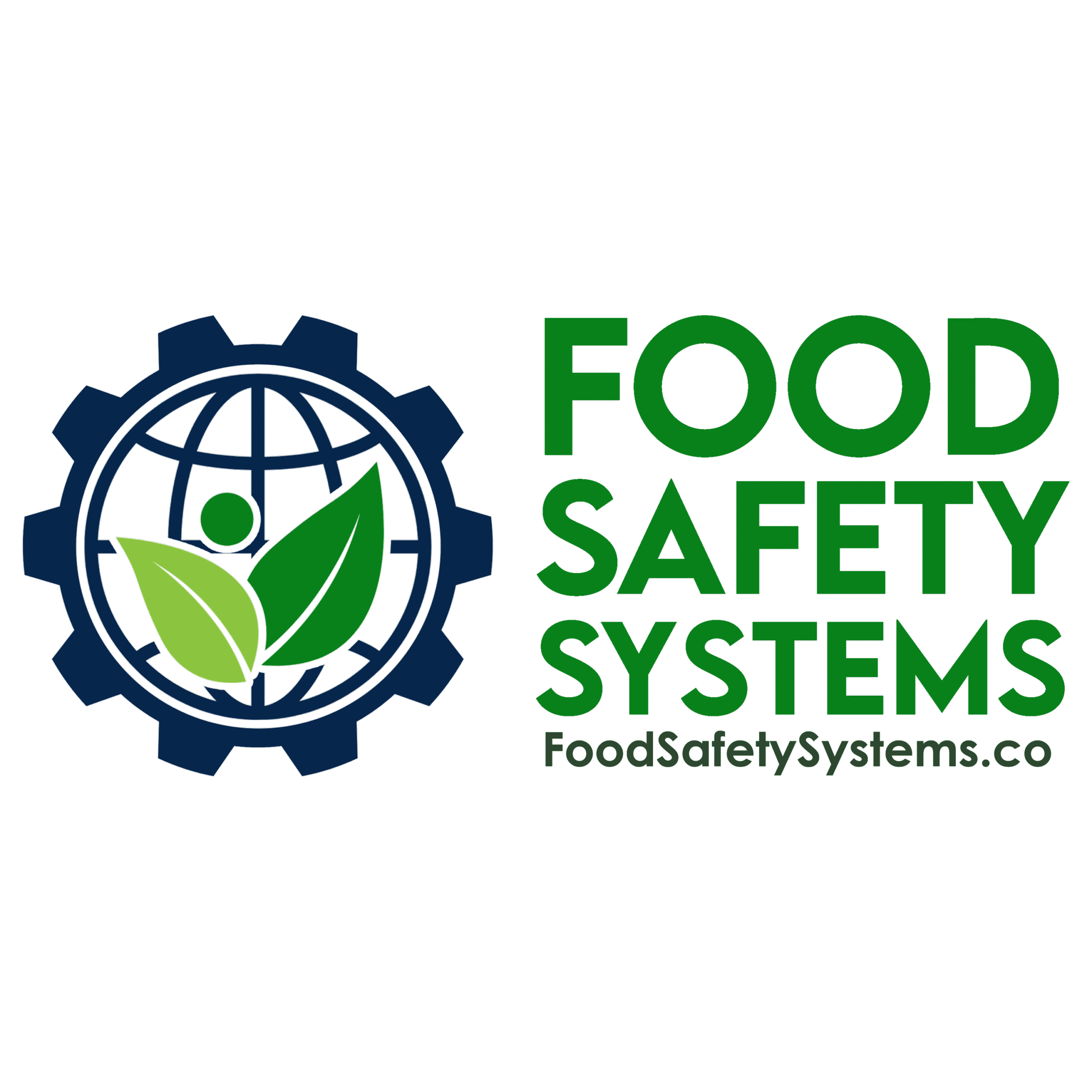Establishing Critical Limits for Each CCP

Aligned with HACCP Principle – Codex Alimentarius / 21 CFR 117.135(c)(3)
Requirement Overview
HACCP Principle 3 requires that critical limits be established for each Critical Control Point (CCP). A critical limit is a specific, measurable value (e.g., temperature, time, pH) that must be achieved to ensure a hazard is effectively controlled.
Exceeding or failing to meet a critical limit indicates a loss of process control, requiring immediate corrective action to protect food safety.
Critical limits are validated boundaries, not targets, and must clearly define the difference between safe and unsafe conditions.
Aligned with BRCGS for Storage & Distribution Issue 4 – Clause 4.3.1 & 4.3.3
Requirement Overview
BRCGS for Storage & Distribution requires that products moved via cross-docking are traceable and controlled at all times, even when they are not held in storage for extended periods.
Clause 4.3.1: “The company shall ensure that traceability is maintained at all stages, including during cross-docking operations.”
Clause 4.3.3: “Procedures shall be in place to ensure that all products handled, including those not stored on-site, remain under control and are not subject to contamination or substitution.”
Cross-docking operations must not compromise product traceability, safety, or integrity. Even with minimal handling and temporary presence, each product must be accurately identified, documented, and protected.

Key Compliance Objectives
-
✓ Identify measurable limits that control hazards effectively
✓ Ensure all CCPs have scientifically validated critical limits
✓ Document the basis, source, and method for each limit
✓ Maintain monitoring, verification, and corrective action records
Step-by-Step Compliance Implementation
1. Identify the Hazard at Each CCP
-
Clarify which hazard (biological, chemical, or physical) is controlled.
Example: Pathogen destruction during cooking; allergen cross-contact prevention.
Evidence to Maintain:
-
• CCP decision tree results
• Hazard analysis documentation
- • CCP decision tree results • Hazard analysis documentation
2. Determine the Appropriate Critical Limit
-
Establish measurable values or ranges that guarantee hazard control.
Examples of Critical Limits:
-
• Time/Temperature: 165°F (74°C) for 15 seconds
• pH or Water Activity (Aw): pH ≤ 4.2, Aw ≤ 0.85
• Concentration: Sanitizer ≥ 200 ppm
• Physical Parameters: Metal detector sensitivity ≥ 2.0 mm Fe
Evidence to Maintain:
-
• Scientific or regulatory references (FDA, USDA, NACMCF)
• Validation studies (in-house or third-party)
- • Time/Temperature: 165°F (74°C) for 15 seconds • pH or Water Activity (Aw): pH ≤ 4.2, Aw ≤ 0.85 • Concentration: Sanitizer ≥ 200 ppm • Physical Parameters: Metal detector sensitivity ≥ 2.0 mm Fe
- • Scientific or regulatory references (FDA, USDA, NACMCF) • Validation studies (in-house or third-party)
3. Document the Monitoring Method
-
Detail how the limit will be measured and by whom.
Monitoring Parameters:
-
• What is being measured (temperature, pH, sanitizer level, etc.)
• Who is responsible
• Frequency of monitoring (continuous, batch, hourly, etc.)
• Tools used (calibrated thermometer, pH meter, strips)
Evidence to Maintain:
-
• Monitoring logs/forms
• Equipment calibration records
- • What is being measured (temperature, pH, sanitizer level, etc.) • Who is responsible • Frequency of monitoring (continuous, batch, hourly, etc.) • Tools used (calibrated thermometer, pH meter, strips)
- • Monitoring logs/forms • Equipment calibration records
4. Set Clear, Measurable Values
-
Avoid vague or subjective limits.
Examples:
-
• Acceptable: “Product must reach ≥165°F for ≥15 seconds.”
• Unacceptable: “Product must be adequately cooked.”
Evidence to Maintain:
-
• Signed CCP summary sheets
• Calibration SOPs
• CCP-specific work instructions
- • Acceptable: “Product must reach ≥165°F for ≥15 seconds.” • Unacceptable: “Product must be adequately cooked.”
- • Signed CCP summary sheets • Calibration SOPs • CCP-specific work instructions
5. Link Critical Limits to Corrective Actions & Verification
-
Every CCP must have a corrective action plan for when limits are not met.
Evidence to Maintain:
-
• HACCP plan with critical limits and linked corrective actions
• Corrective action logs
• Verification records (review signatures, audits, trending reports)
- • HACCP plan with critical limits and linked corrective actions • Corrective action logs • Verification records (review signatures, audits, trending reports)
Common Audit Findings & Recommended Fixes
| Audit Finding | Recommended Action |
|---|---|
| Vague or undefined critical limits | Define specific measurable values with units and duration |
| Critical limits not scientifically justified | Reference regulatory/scientific sources or conduct validation |
| Monitoring lacks assigned personnel or frequency | Assign responsibility and set monitoring schedules |
| Critical limit not tied to corrective action | Link every CCP limit directly to corrective response procedures |
Auditor Verification Checklist
During audits, expect review of:
-
• CCP summary tables with defined critical limits
• Scientific/regulatory references supporting each limit
• Monitoring logs with staff responsibilities
• Calibration records for monitoring equipment
• Corrective action history and resolution
Implementation Roadmap
Build Your CCP Framework
-
✓ Identify hazards and define CCPs
✓ Assign validated, measurable critical limits
Train and Equip Your Team
-
✓ Provide monitoring tools and role-specific training
✓ Maintain calibration of instruments
Monitor and Record
-
✓ Use standardized forms for tracking compliance
✓ Record deviations, corrective actions, and verifications
Improve Continuously
-
✓ Revalidate limits if processes, products, or equipment change
✓ Trend deviations to identify systemic improvements
Why This Matters?
-
✓ Prevents unsafe food from reaching consumers
✓ Demonstrates compliance with Codex and U.S. regulations
✓ Strengthens traceability and accountability
✓ Enables timely corrective action to protect public health
Support Tools Available
Food Safety Systems provides:
-
✓ CCP critical limit templates
✓ Monitoring and corrective action log sheets
✓ Validation reference libraries
✓ HACCP personnel training modules
Privacy Policy | Terms of Service
Powered by interlinkIQ.com, Developed by ITBlaster.net, Owned and Operated by Consultare Inc. Group, A Compliance Company. All Rights Reserved.







